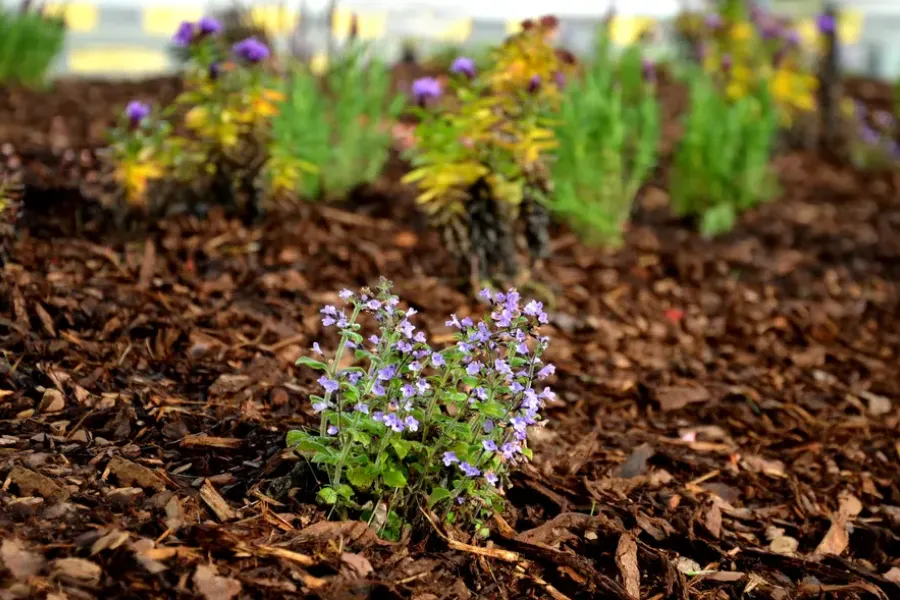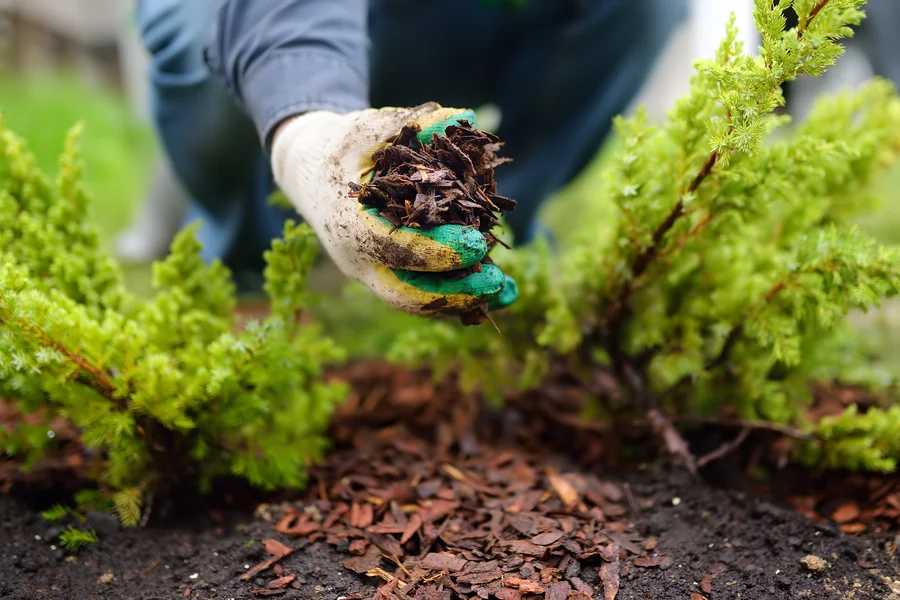The Importance of Ground Cover in Gardening
Soil health is vital for any successful gardening or farming endeavor. A healthy soil supports plant growth, water retention, and nutrient cycling. However, maintaining this balance can be challenging due to factors like erosion and nutrient depletion. One common method to improve soil health is using ground cover techniques. These methods play a significant role in protecting and enhancing soil quality.

What Makes Ground Cover Beneficial?
Ground cover acts as a protective layer for the soil. It helps in reducing erosion by slowing down rain impact on the soil’s surface. Furthermore, it prevents the growth of weeds that compete with plants for nutrients and sunlight. By serving these functions, ground cover maintains the integrity of the topsoil, which is essential for plant roots.
Using Mulching for Enhanced Soil Protection
One effective ground cover method is mulching. It involves applying a layer of material on the soil’s surface. This layer can be organic like leaves, straw, or wood chips, or inorganic such as plastic sheets. Mulching helps conserve moisture, reduce weed growth, and add nutrients back into the soil as the organic materials break down over time.

Benefits of Adding Organic Material
Organic materials are often preferred for their ecological benefits. When you apply mulch such as compost or leaves, they decompose slowly. This decomposition process enriches the soil with organic matter and nutrients. Over time, this improves soil structure, making it more able to retain water and support microbial life crucial for plant health.
Identifying Common Challenges
Despite its many benefits, ground cover does come with challenges. Choosing the wrong type of mulch can lead to issues such as unwanted pests or diseases. Additionally, improper application might result in excessive moisture retention, leading to root rot. It’s essential to select materials compatible with your specific environment and climate conditions.
Simple Steps to Implement Effective Ground Cover
- Choose the right type of mulch based on your plant’s needs and local climate.
- Prepare the area by removing existing weeds and debris.
- Spread the chosen mulch evenly around your plants, ensuring it’s not too close to the stems.
- Regularly check and maintain your mulch layer to ensure it’s functioning effectively.
Best Practices for Long-Lasting Benefits
For optimal results, consider these best practices:
- Always research and select high-quality mulch.
- Avoid piling mulch directly against plant stems.
- Replenish organic mulch materials annually for consistent nutrient supply.
- Monitor for pests and diseases regularly to prevent infestations.
Cost Considerations in Ground Cover Management
The cost of implementing an effective ground cover strategy can vary widely based on materials used. Organic mulches might have an upfront cost but offer long-term savings through reduced watering needs and healthier plants. It’s important to weigh the initial investment against potential savings on fertilizers and pest controls.
Your Pathway to Healthier Soil Begins Here
If you’re looking to enhance your garden’s soil health, incorporating effective ground cover strategies could be your solution. By utilizing methods like mulching and selecting appropriate materials, you can foster a robust growing environment. Located in Apex, NC, I provide expert guidance tailored to your landscape needs. Reach out today at (919) 984-0641 for personalized advice. At Rodriguez Landscaping Services LLC, I’m committed to helping you achieve thriving plants through sustainable practices.
